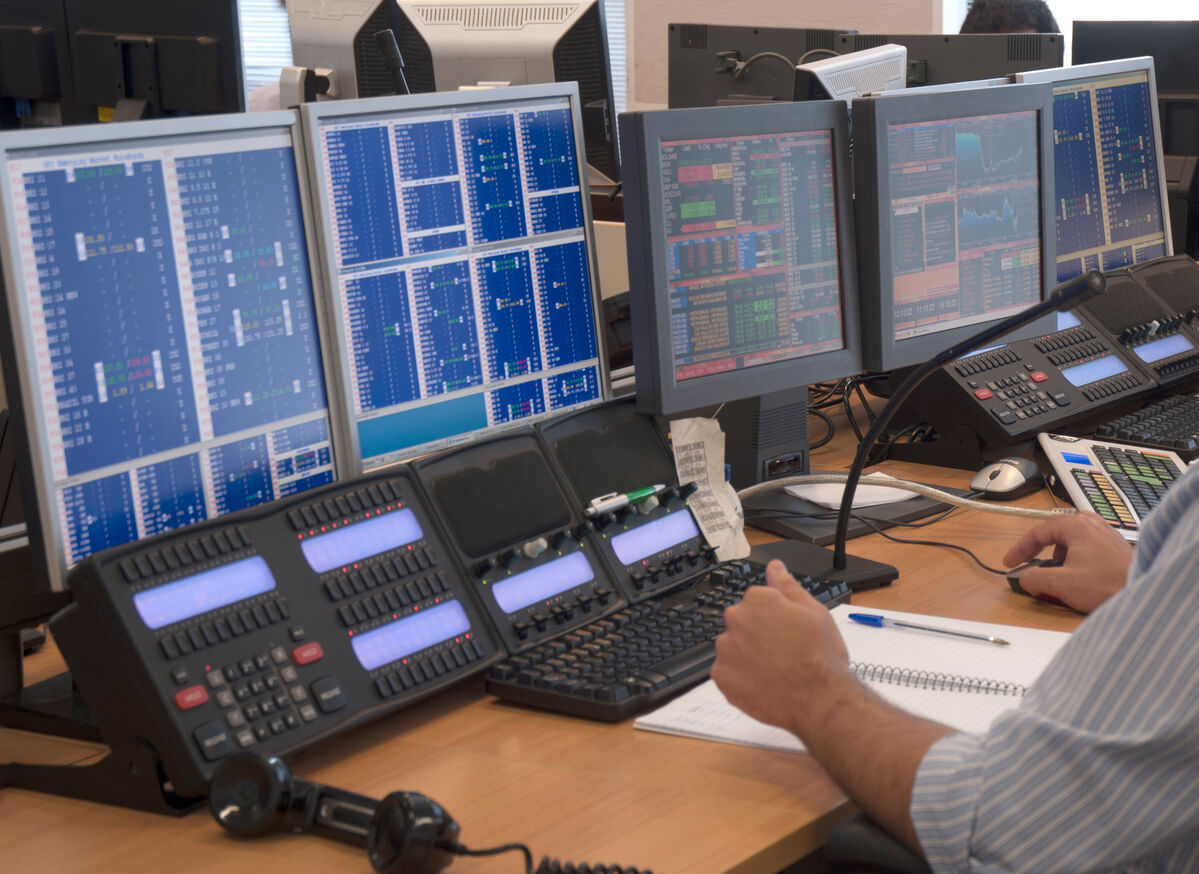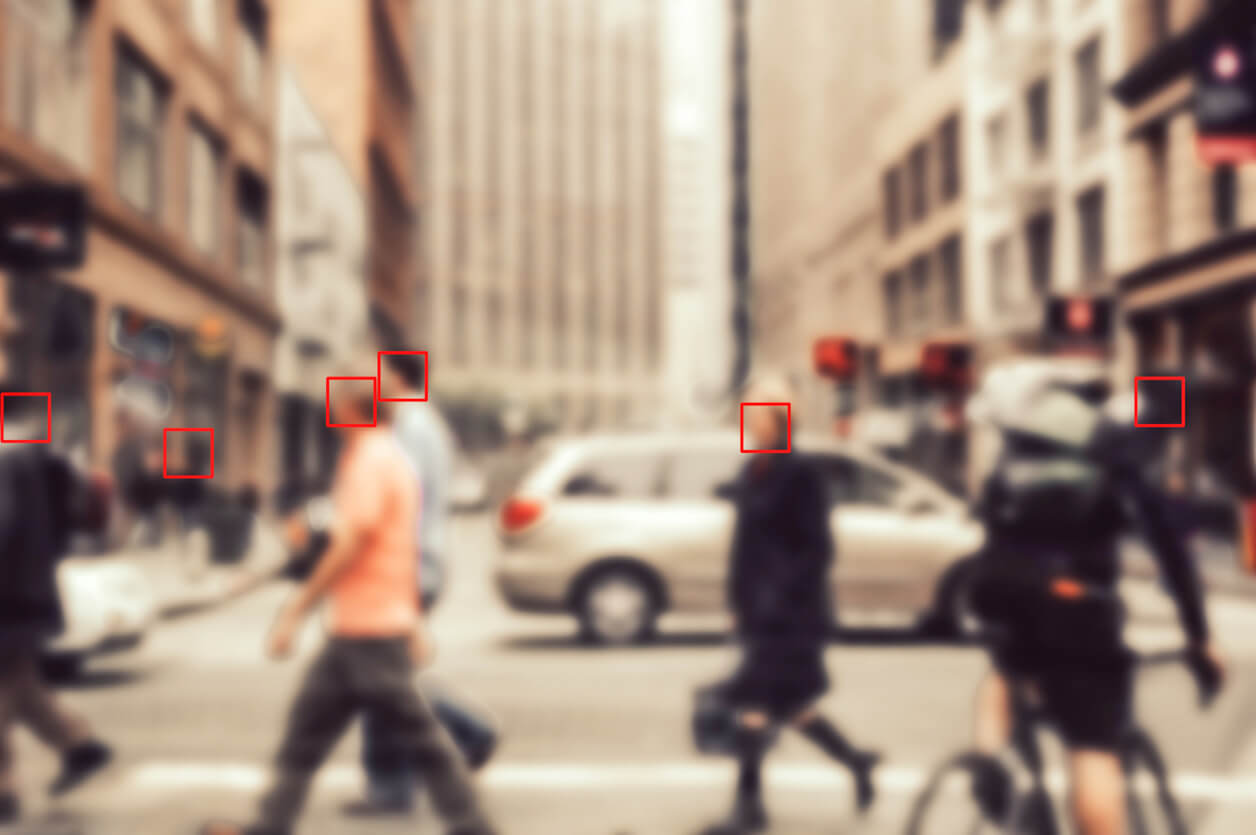
Live facial recognition technology is growing fast in law enforcement. We set out its benefits to explain why.
Law enforcement technology is evolving fast, and live facial recognition plays a key part in the ecosystem. From strengthening security ahead of major events to finding suspects fast, we explain why its popularity is rising around the world.
The facial recognition market is growing
Between 2023 and 2028, the value of the global facial recognition market is expected to double to more than $13bn.i Already in place everywhere from airports to banking, its use is also rising in law enforcement.
Around the world, criminal investigations are being made faster and more efficient through retrospective facial recognition. But live facial recognition systems offer different benefits.
Live facial recognition: how it works
Live facial recognition (LFR) systems allow organizations to compare faces captured in live footage against images held in a database of known individuals.
Here’s the key steps involved:
- The system takes a feed of live video, from fixed points or mobile cameras.
- For each face it sees, it maps the features and creates a unique biometric template.
- It looks for these templates in the image database and finds any that match within defined thresholds. Some systems can even find matches when the individual is wearing a mask.
- It alerts system users to potential matches using a probability score, who then confirm or reject the suggestion.
- The algorithm gets more effective over time as it learns from each user action.
- The best systems can compare millions of images to a high degree of accuracy within seconds. This makes it a key tool for law enforcement agencies.
Use of LFR in law enforcement
LFR is used widely to prevent harm, detect crime and safeguard vulnerable people. Here’s just a few examples of where it’s adding value:
- Preventing harm
When officers are searching for a potentially dangerous subject, for example someone known to be armed, LFR can cut the time it would take officers to locate them from weeks down to minutes. - Informing crime prevention
To reassure communities in high-crime hotspots, LFR can help to identify persons of interest and build an intelligence picture that enables targeted action. - Safeguarding vulnerable people
If someone poses a risk to themselves or others, LFR can help officers to search for that person fast using CCTV footage recorded by mobile or static cameras - Securing events and critical infrastructure
Even with large numbers of uniformed officers on site, LFR can still add value at location perimeters or in the hours ahead of a major event. For example, South Wales Police used it to thwart mobile phone thefts managed by organised crime groups.i - Bringing known offenders to justice: Locating people who have breached court orders can take up vast amounts of officer time, making LFR systems a useful tool to prove that justice systems are working. For example, in 2024, the Metropolitan Police used LFR to arrest more than 50 convicted offenders who had breached their licence conditions.iii
The importance of public trust
LFR is in daily use, yet maintaining public trust relies on two key aspects. Firstly, their ongoing confidence that the system in use performs with the highest degree of accuracy, regardless of race or gender. And secondly, that its use is proportionate.
NEC’s NeoFace algorithm, which has been developed for more than 40 years, is ranked first for accuracy in the US National Institute of Science and Technology’s annual ratings. Regardless of ageing, angles, headwear and poor lighting, it’s proven to perform well. Its built-in safeguards, for example auditing, reporting and range of data retention tools, also help to ensure proportionate use.
From locating dangerous people to reuniting families, it’s clear that LFR systems are a vital tool for keeping everyone safe.
Find out more about our live facial recognition software.

